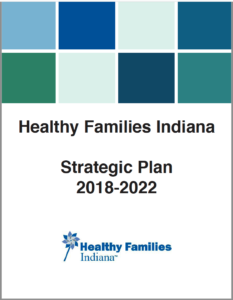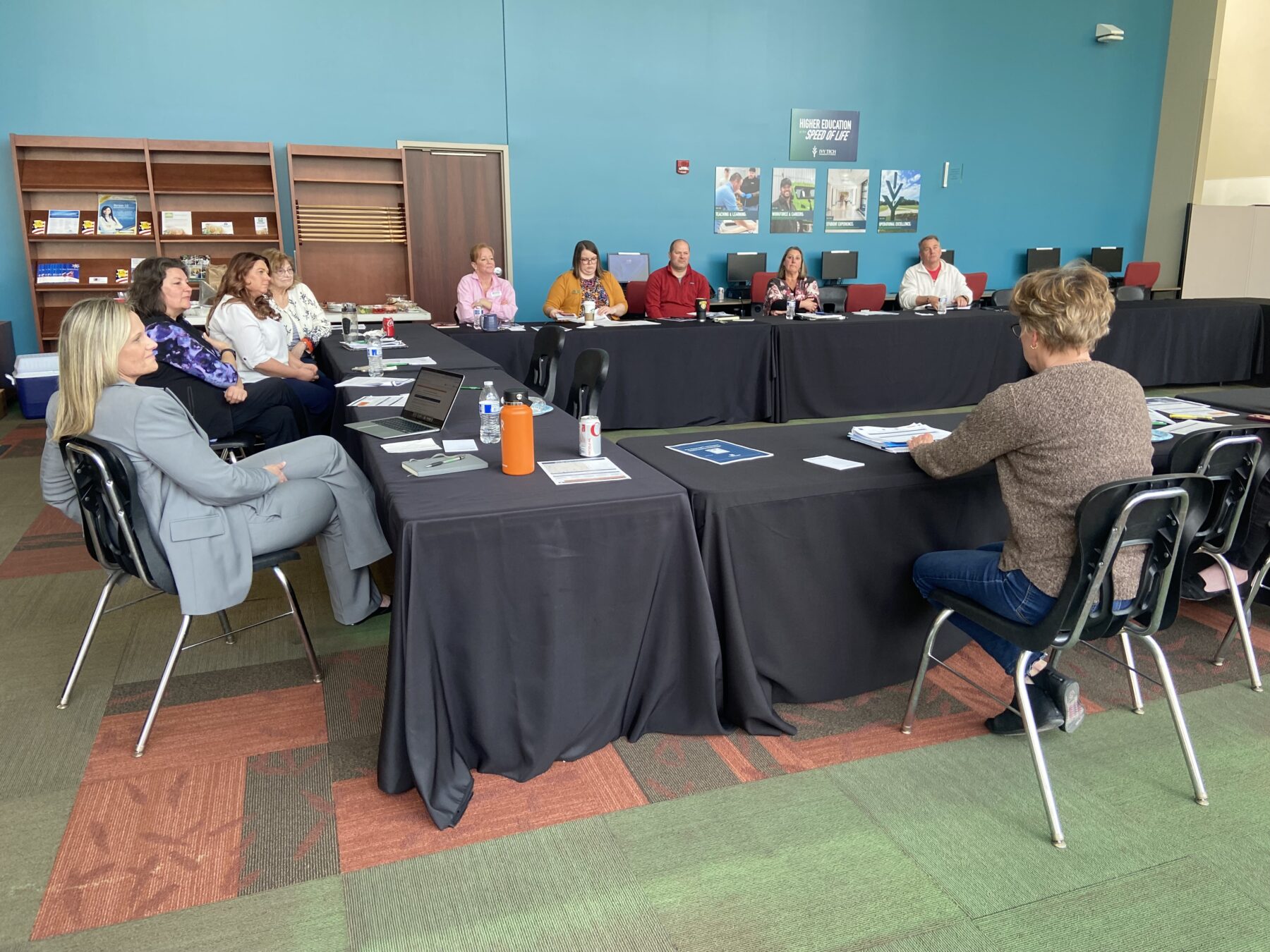At Transform Consulting Group (TCG), data informs everything we do when working with clients. It should be no surprise that our #datanerds will spend most of our engagement assessing your data to inform the overall direction of your plan. It’s a critical step in the process!
We shared a quick overview of our 4 step process to strategic planning in this blog. At TCG, we follow this process:
- Collaborate to Determine What We Need to Learn
- Analyze the Organization and Landscape
- Facilitate Consensus
- Create the Strategic Plan
- We recommend creating a one-page, public-facing strategic plan. This plan will typically include your mission, vision, goals, strategies, and indicators of success.
![]()
Take a deep dive into step 1 with this blog if you haven’t already before continuing with this blog’s topic focused on step two.
Many of our clients and partners immediately want to jump to steps 3 and 4 of the goal and strategy setting process. By skipping steps 1 and 2, organizations are missing out on a critical opportunity to get buy-in and input from key stakeholders and embed a thoughtful review in the planning process.
We divide the process to analyze the organization and landscape into two assessment types: Internal–looking within the organization and External–looking outside the organization.
Internal Assessment
- Organizational Review: The internal assessment includes an analysis of the organization by looking at finances, programming or services, and organizational structure. This information might come from annual reports, internal assessments, financial statements, and other outcome reports. You will want to look for trends, strengths, gaps, and opportunities.
- Stakeholder Feedback: The internal assessment should pair data with insight. In addition to organizational data and information, gather feedback and input from internal key stakeholders. These might include staff, volunteers, the board of directors, and clients/patients. We have several blogs that talk about stakeholder feedback here and here.
External Assessment
- Environmental Scan: The external assessment may include collecting information about the industry and sector in which the organization operates. It might be helpful to provide a brief update about the latest research, policies, and best practices that inform your organization’s work.
- Community Needs Assessment: Include a needs assessment created from public data to ensure programs and services benefit the community or targeted audience. We have some blogs about needs assessments here and here.
- Stakeholder Feedback: Just like an internal assessment, there are some key stakeholders outside of the organization to reach out to for feedback and input to inform the strategic planning process. This might include current and past funders, other community partners, and the public.
- Benchmarking of Aspirational and Peer Organizations and Communities: Sometimes learning it’s from those before us is best. We spend time understanding what other similar organizations or communities have done, including a review of funding, implementation, and lessons learned.
While completing a new strategic plan for Healthy Families Indiana, we included both an internal and an external assessment. We gathered key data points about the organization to bring to the plannin g team for review and discussion. We also completed an organizational history timeline exercise to help bring everyone together about the key milestones accomplished over the life of the program in the state. We sought feedback from various stakeholders within the organization, which included staff at different levels (direct service staff, supervisors, and program managers) and across the state.
g team for review and discussion. We also completed an organizational history timeline exercise to help bring everyone together about the key milestones accomplished over the life of the program in the state. We sought feedback from various stakeholders within the organization, which included staff at different levels (direct service staff, supervisors, and program managers) and across the state.
We also sought feedback from external stakeholders by reaching out to community partners who make referrals and have shared goals. These components provided important context to inform the discussion about goals for the future.
Once we gather all of this information, it is important to do some pre-analysis and synthesis of this information before it is shared with the planning team. We do this in a couple of ways for our clients:
- Organizational Analysis and Needs Assessment Summary Report – We develop a narrative report that summarizes all of the information collected in the internal and external assessment. We use graphs and tables to make it as user-friendly as possible. It’s helpful to share this report in advance of a planning meeting or retreat so that the team can review the information before the meeting.
- Presentation – A presentation can be a simpler way of compiling the information and sharing it with the planning team. Sometimes we create both a narrative report and a presentation that summarizes the information gathered. The slide deck presentation can be helpful to highlight some of the key findings during the analysis phase.
- Dashboard – We talk about creating dashboards in this blog. We love dashboards and how helpful they are to display multiple data points in a user-friendly format. See this dashboard we created to summarize internal and external assessment data for a community strategic plan.
The main purpose of the “Analyze the Organization and Landscape” step in the strategic planning process is to gather important information to share with your planning team so that they are well-informed and equipped to develop a plan for the future. We would love to partner with your organization in developing a strategic plan. Contact us for more information!

